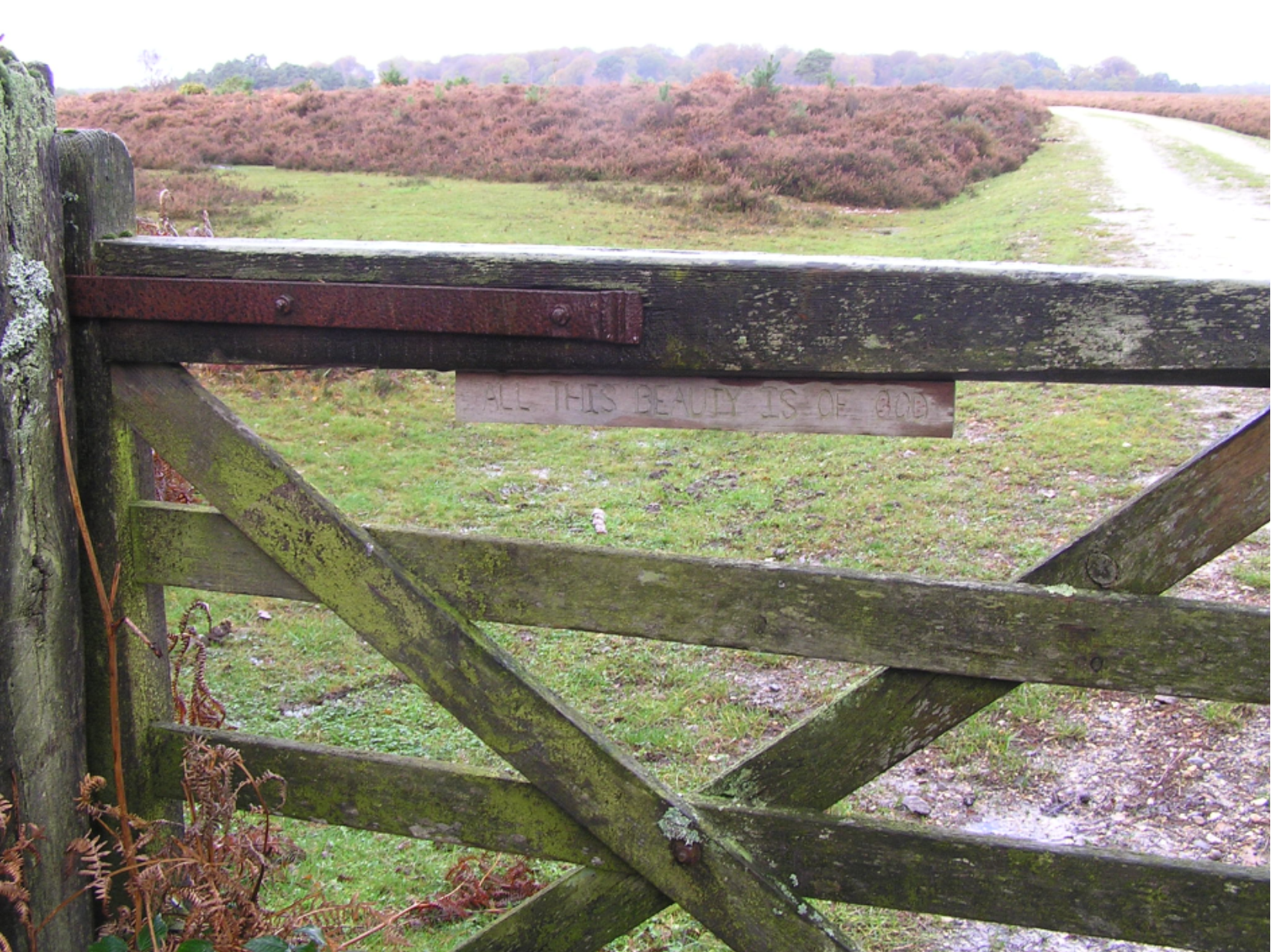New Forest is noted for diverse habitats and rare wetlands
The New Forest is our newest National Park and is noted for its many diverse habitats, not least of which are its rare wetlands which are considered to be some of the most important in Europe. In order to create more sites for conifer plantations and to improve grazing for stock, large areas of bog woodland and wetlands were destroyed in the late 1800’s and again in the 1950’s. Mires were drained and watercourses were dredged and straightened in order to increase the flow velocity in the rivers and as a result reduced the seasonal flooding. In subsequent years this foolhardy action has resulted in severe erosion of the river banks together with headward erosion of untouched, upstream reaches; and the reduction in seasonal flooding has meant that many hectares of riverine and bog woodland together with valley mires and grass wetlands have been deprived or destroyed. The effects on rare and unique species of plants, invertebrates and birds have been severe but hopefully recoverable.
After much consultation with the many concerned organisations, in 2002 the LIFE 3 project was launched to restore some of these diminished habitats. The project is co-ordinated by Hampshire County Council and forty percent of the estimated cost of £2.9 million is being provided by the European Union from its LIFE Nature programme. The remaining 60 percent is provided by the other LIFE 3 partners who are the RSPB, the Forestry Commission, English Nature, the National trust and the Environment Agency.
It was decided that certain actions were required to rectify the situation and these included raising river bed levels, the reinstatement of old meanders and the installation of debris dams, which hopefully would result in much slower watercourses, which once again, would have the ability to overflow onto the adjacent flood plains. Prior to the restoration work extensive surveys were carried out by the various bodies to establish, among other things, the locations of the old river courses before the modifications took place; the existing population of invertebrates and fish; and similarly a count of the numbers of the resident wetland birds such as curlew and snipe. These surveys will continue during and beyond the completion of the project in order to monitor the effects of the restoration works.
Before work could start on the modifications to the watercourses it was necessary for the Forestry Commission operatives to remove some non-native species such as rhododendron and hemlock that had, over the years, invaded the area. At the same time, some pollarding and coppicing of holly, oak and beech and the removal of scrub was also undertaken. Immediately before the commencement of work on each stretch of water, the Environment Agency operatives electro-fished for and caught and removed the resident fish stocks. A low voltage electrical rod was used to stun the fish before they were removed and relocated upstream of the work site. Heather bales, harvested from the forest were then placed across the river beds to create a temporary obstacle to their return.
Because of the boggy nature of the ground the use of specialised equipment such as tracked dumpers and excavators was essential. The watercourses that had previously been dredged were infilled with thousands of tons of hoggin (a mixture of gravel and clay), some of which had been hauled from other restoration work sites or had been imported from locally approved suppliers. The hoggin when compacted in the river will seal the bed and prevent any water loss through this route; the clay content of the upper ten centimetres or so, will, however, be quickly washed away leaving clean gravel redds for the spawning sea trout that are regular migrants to the forest streams. Wherever it was possible to identify the route of the original watercourses they were reinstated and in addition, further meanders were created to increase the length of the rivers by some thirty to forty percent. Ten metre long clay plugs were installed, where necessary, to prevent the river returning to its previous artificial route and in addition, backwaters were created to provide still-water sanctuaries for migrating fish and breeding invertebrates. Culverts, which have an eroding effect on the river bed immediately downstream, had been installed under forest tracks and by-ways. These were removed and to enable the passage of vehicles and stock, were replaced by shallow fords.
The project will come to a close in 2006 and it is anticipated that by then more than 600 acres of rare and vulnerable wetland will have been restored. Further more, conditions and contingencies will have been established to ensure their continued natural regeneration and sustainability. These re-established habitats will not only be beneficial to many rare, unique and endangered species, they will also help to reduce the flooding to properties downstream by holding the water, at times of high rain fall, back on the natural floodplains which will consequently, in time, provide additional grazing for forest stock.
Ian Thew
















